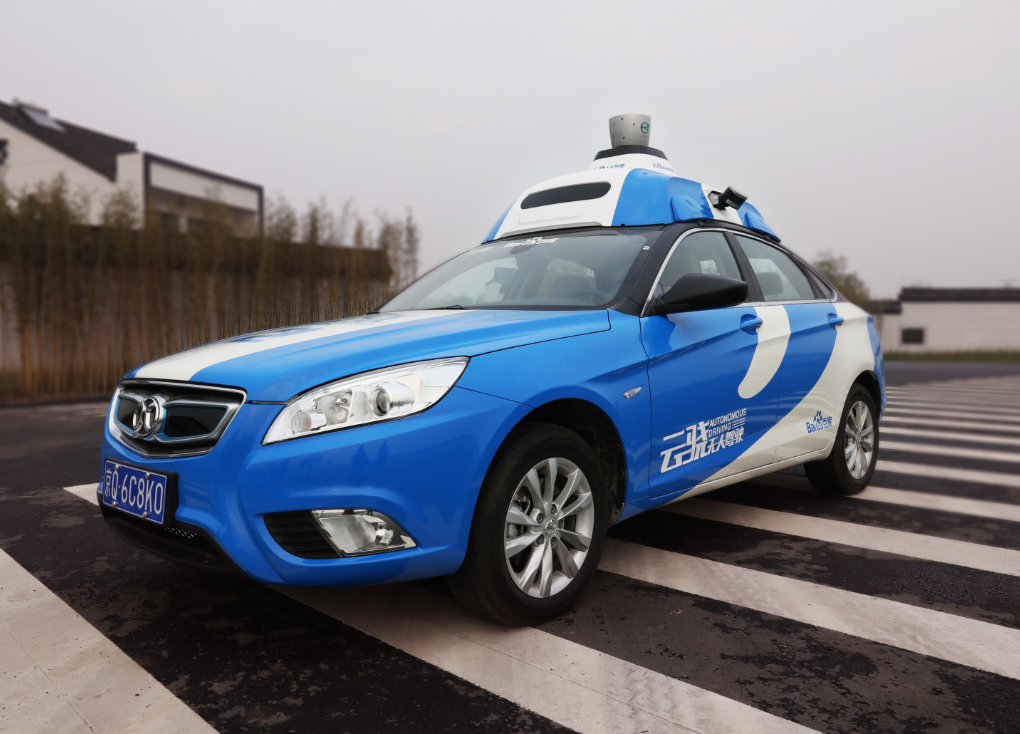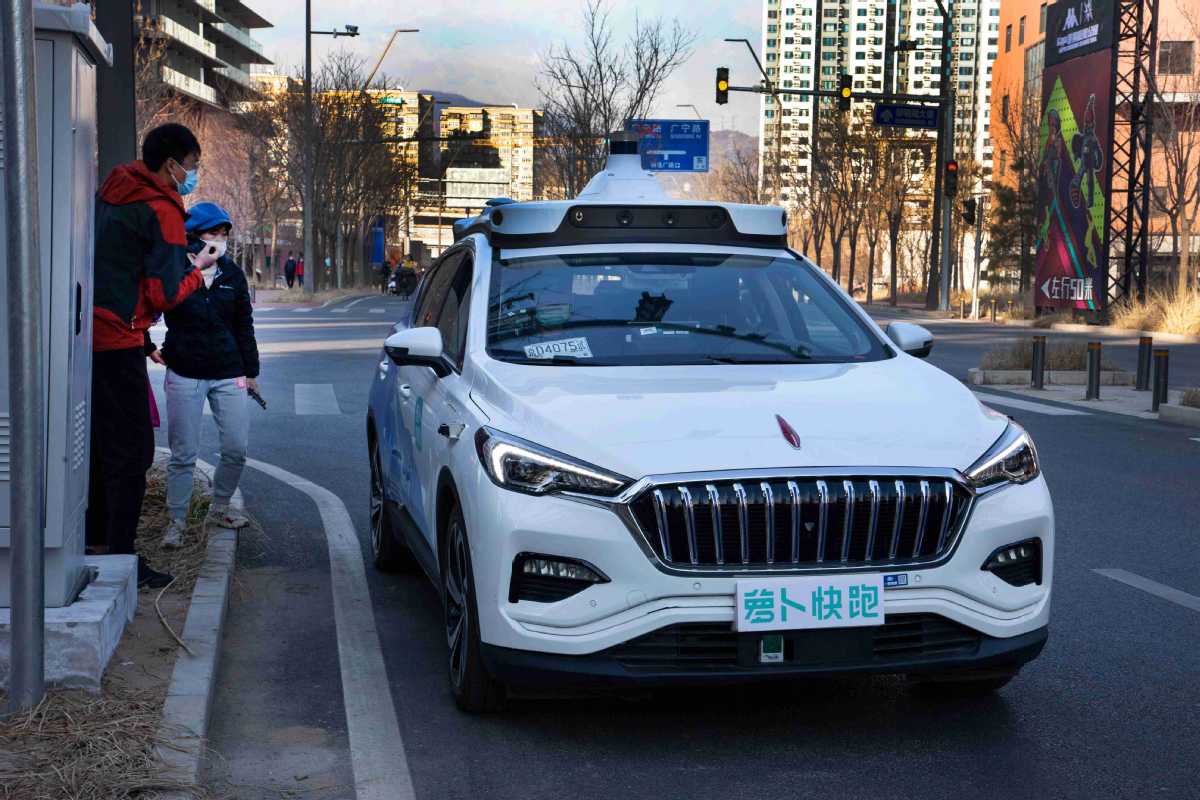China Unveils Autonomous Public Transport Safety Guidelines

On Tuesday, China unveiled comprehensive Autonomous Public Transport Safety Guidelines, marking a significant stride in preparing for the widespread integration of driverless cars. Applicable to both passenger vehicles, such as taxis, and freight transport, the Ministry of Transport outlined the guidelines in a statement.
The guidelines encompass vehicles with varying levels of automation, stipulating that they must have at least one driver or security inspector on board. Furthermore, they mandate that companies utilizing autonomous vehicles for public transportation must be qualified and licensed. Notably, the guidelines permit collaboration between companies and automakers for such operations.
Xue Jiancong, President of the innovation unit at FOR-U Smart Freight, commented on the potential impact of these guidelines, stating, “The guideline could expedite the adoption of autonomous driving technologies in China with a more pragmatic approach by regulating automakers and fleet operators.” Notably, unlike their U.S. counterparts, Chinese regulators are not directly targeting software developers, as they present a more challenging regulatory landscape.
China’s Vision for Autonomous Driving Standards

China, as the world’s largest auto market, has been actively establishing standards and regulations for autonomous driving. The country aims to develop a system supporting assisted and Autonomous Public Transport Safety Guidelines functions by 2025 and plans to introduce standards facilitating the development of autonomous driving applications and establishing a safety assurance system by 2030.
Last month, China announced the allowance of road trials for intelligent connected vehicles. In October, guidelines were issued for highway engineering facilities to bolster autonomous driving technology, and in July, guidelines on the standardization of intelligent connected vehicles were released. These ongoing efforts underscore China’s commitment to shaping the future of autonomous transportation.
Read More (Innovation)








